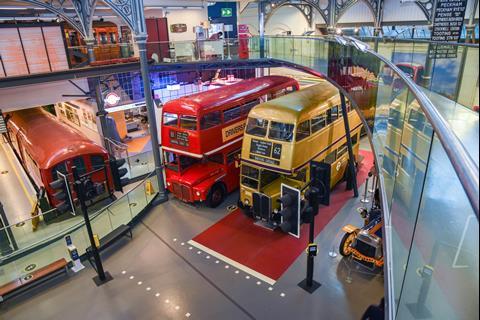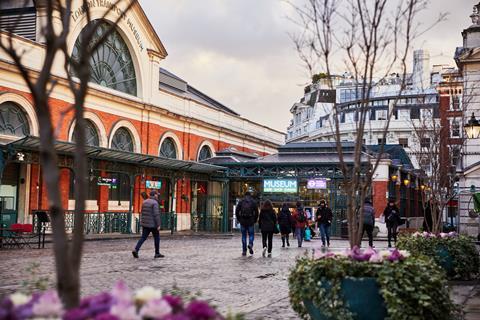The new Global Poster Gallery, set over two floors, will explore the history and impact of the poster from the 1900s to the modern day.
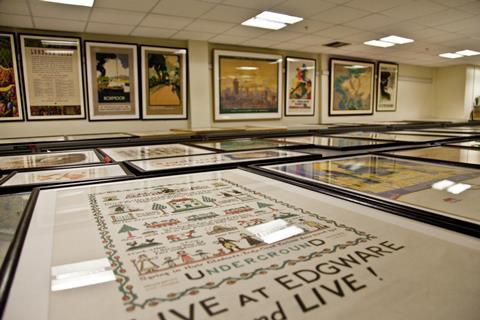
London Transport Museum in Covent Garden cares for one of the world’s largest collections of 20th century graphic art and design, with around 1,000 original poster artworks and over 30,000 posters housed at its Museum Depot in Acton, west London.
Global Poster Gallery opens on Friday 20th October and will feature artistic works from the museum’s collection together with loans from private, national, and international archives. Its displays will reveal the power of the poster and its influence on mass communication from the 1900s to the present day.
Posters and the London Underground
When Frank Pick, the first chief executive of London Transport, first took charge of the Underground’s publicity in 1908, he revolutionised poster design. Driven by his belief that good design enriches life, Pick injected new life into a previously conservative, text-based medium by commissioning pictorial posters.
Eye-catching designs soon enticed prospective travellers by focusing on the destination rather than the mode of travel. Imagery never seen before on the Tube let commuters know that a trip to the theatre, zoo or countryside was all within their reach. Seeing this success, other commercial organisations soon followed suit.
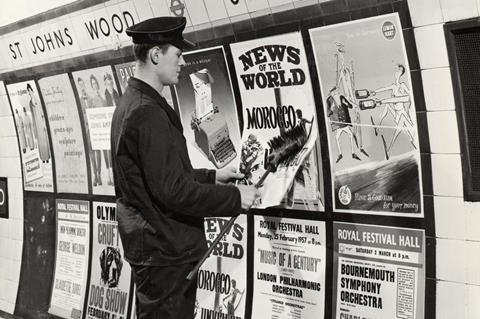
Pick believed that ‘there is room in posters for all styles’ and in the 1920s, he began to commission more adventurous posters. He went on to work with graphic designers influenced by radical and avant-garde art movements, such as futurism, cubism, and surrealism, conveying the modernity of the Underground. Many of the posters in this period had a strong art deco flavour.
“We’re incredibly proud to be opening a brand-new museum gallery in the heart of the capital dedicated to the fascinating history of poster art and design, of which London’s transport is at the fore.”
Elizabeth McKay, London Transport Museum’s director.
Over three decades, Pick cultivated an extensive network of artists and designers. Matt Brosnan, head curator at the Museum said: “When Frank Pick took charge of publicising the Underground, his pioneering vision for beauty and utility turned the Tube – and later London’s transport network at large - into a place where great art and design could be admired in everyday life.”
How to Make a Poster exhibition
The new gallery will launch with its first exhibition, How to Make a Poster, which will run until 2025 and will be a visual exploration of poster commissioning and creativity in the pre-digital age from 1900.
It will explore the poster-making process behind some of the 20th century’s most influential commercial art and design. More than 110 poster artworks and posters from London Transport Museum’s collection will be on display, including the Underground’s very first pictorial poster titled ‘No need to ask a p’liceman’ by John Hassall, dating from 1908.
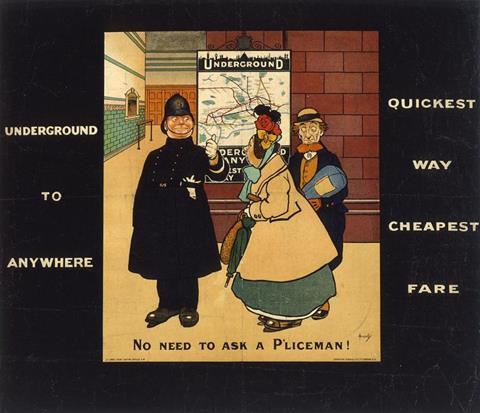
Visitors will also be able to see the variety of artistic styles and techniques used in poster production over the decades and historic photos will explore the creative ways posters have been displayed in Tube stations, bus stops and on mail vans and lorries.
Elizabeth McKay, London Transport Museum’s director said: “We’re incredibly proud to be opening a brand-new museum gallery in the heart of the capital dedicated to the fascinating history of poster art and design, of which London’s transport is at the fore.
“The Global Poster Gallery will shine a light on this fascinating heritage and celebrate its international influence.”
To find out more and book tickets visit: www.ltmuseum.co.uk/global-poster-gallery




